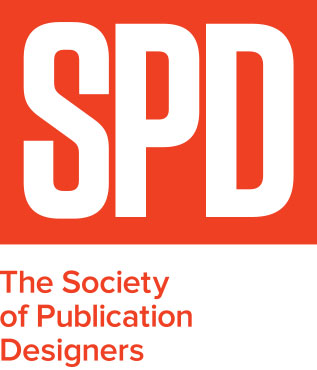Ash Barhamand, Visual Media Director at WWD
/Ash Barhamand: I discovered Sassy when I was in middle school - probably 1994. My family had just moved abroad to Hong Kong, and in those pre-internet days magazines were my regular dose of American culture, not to mention information about sex and bodies that I wouldn’t dare ask anyone. I loved many teen girl magazines (Seventeen, YM, Tiger Beat) but as all fans will attest, Sassy was truly special. The cover lines were smart and rebellious and articles featured the likes of Chloe Sevigny, Harmony Korine and Kim Gordon (who I only now appreciate for being so ahead of their time). Most importantly I trusted the Sassy editors. If they told me someone was interesting, I was interested. If they stated a fact, I believed it. And they never led me astray. Their articles were committed to authenticity, useful information and a healthy questioning of the status quo.
I never thought that much about the design or photography at the time, but looking back I can see how the visual decisions reflected perfectly the purpose of the editorial. The type was loose and arranged with the photos like a scrapbook, the photography was raw and candid, especially by contemporary standards of the 90s high gloss aesthetic. As for the creatives, as far as I can tell the art side was done in Australia and I haven’t encountered that team- but the editor in chief was Jane Pratt who I did pursue knowing by working as an intern in the photo department at the eponymous Jane magazine which launched shortly after Sassy folded. I found the same irreverent spirit was evident in the pages of Jane especially in early editions - though as the magazine climate became more competitive I think the room for anti-establishment perspectives especially in the female market became squeezed and all but vanished. Now I think we are seeing authenticity and alternate perspectives being championed and demanded by young audiences again, but in media other than traditional magazines. So, I like to think Sassy was a pioneer of honesty in women’s media that is relevant now just as ever.
In my own work as a photo director, I aim to uphold authenticity photographically by limiting retouching, seeking a diverse talent pool, and trusting my own instincts even when the easy route may be to copy the competition. Most importantly, I try to collaborate with creatives who share the same values so we can make something greater than what we could alone. Even if that’s something as superficial as a story about braiding hair, I think the audience can tell if it’s done with integrity, and that matters.






